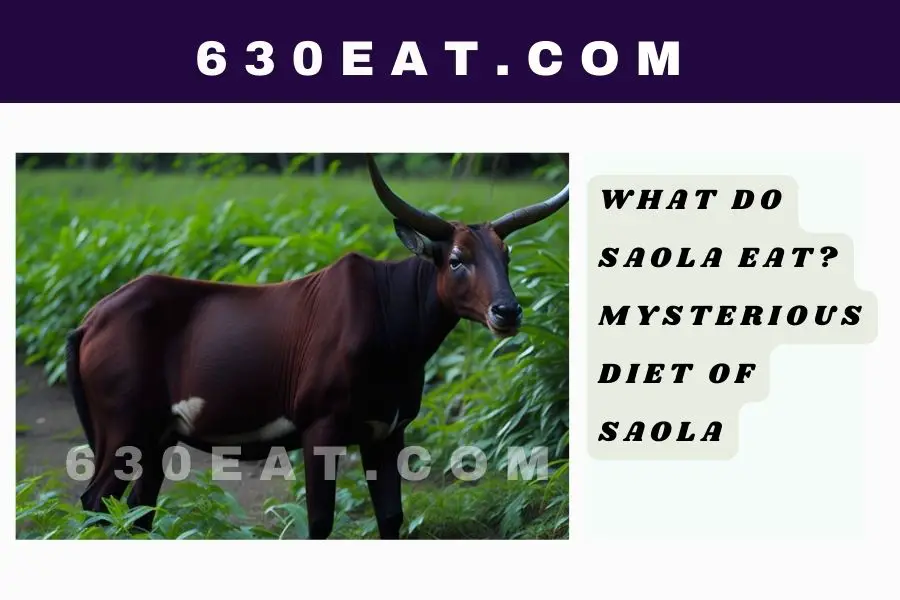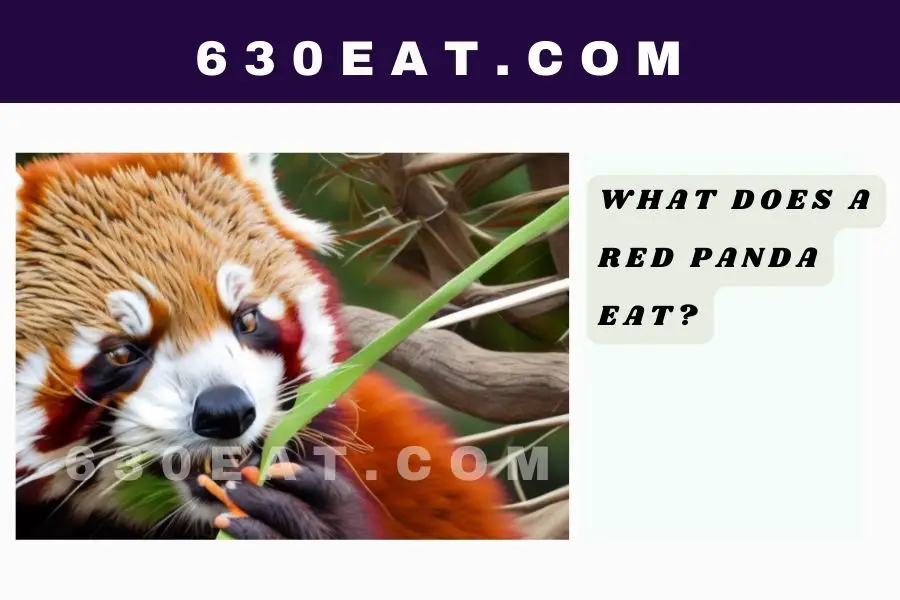Saola, one of the most endangered species in the world. Saola is an elusive and mysterious animal that has recently come under intense scrutiny due to its endangered status. In this article, we will explore the Saola’s habitat, distribution, and diet, as well as the reasons behind its endangered status and the conservation efforts aimed at preserving this magnificent animal.
Introduction to Saola
The Saola, also known as the “Asian unicorn,” is a rare and elusive mammal native to the Annamite Range of Vietnam and Laos. The Saola was discovered in 1992 and is one of the rarest large mammals in the world. This critically endangered species remains largely unknown to science due to its secretive nature, and the fact that it has only been sighted in the wild a few times.
Saola Size and Appearance
Saola is a medium-sized mammal that stands about 3 feet tall at the shoulder and weighs between 180-220 pounds. The Saola’s coat is a dark brown color on the back and sides, with a lighter brown color on the underbelly. Its most distinctive feature is the two long, parallel horns on its head, which can grow up to 20 inches in length.
Saola Habitat and Distribution
Saola is found exclusively in the Annamite Range of Vietnam and Laos, a mountainous region that spans over 750 miles. This region is characterized by dense forests, steep slopes, and rugged terrain, which makes it difficult for researchers to study the Saola. The Saola’s habitat encompasses a range of forest types, including evergreen, mixed deciduous, and bamboo forests.
Why are Saola Endangered?
Saola is one of the most endangered species in the world, with only a few hundred individuals believed to exist in the wild. The primary reason for the Saola’s endangered status is hunting and habitat loss. The Saola is hunted for its meat, which is considered a delicacy in some parts of Vietnam and Laos. Additionally, the Saola’s habitat is being destroyed due to deforestation and agriculture.
What Do Saola Eat?
The Saola’s diet consists mainly of leaves, fruits, and flowers. The Saola feeds on a variety of vegetation, including bamboo, figs, and other fruit-bearing trees. The Saola is known to be a selective feeder, preferring certain types of plants over others. The Saola’s diet is influenced by factors such as season, availability of food, and habitat.
Saola Reproduction and Life Span
The Saola’s reproductive habits are not well understood, as very little is known about this elusive animal. It is believed that the Saola gives birth to one calf at a time, and that the gestation period is approximately 7-8 months. The Saola’s life span is also not well understood, but it is believed to live for around 10-15 years in the wild.
How Often are Saola Babies Born?
The Saola is believed to give birth to one calf at a time, with a gestation period of approximately 7-8 months. The exact frequency of Saola births is unknown, as very little is known about the Saola’s reproductive habits.
11 Facts About Saola You Need to Know
- The Saola was discovered in 1992 and is one of the rarest large mammals in the world.
- The Saola is known as the “Asian unicorn” due to its two parallel horns on its head.
- The Saola is found exclusively in the Annamite Range of Vietnam and Laos.
- The Saola’s habitat encompasses a range of forest types, including evergreen, mixed deciduous, and bamboo forests.
- The Saola is a herbivore, which means that it feeds exclusively on plants.
- The Saola is hunted for its meat, which is considered a delicacy in some parts of Vietnam and Laos.
- The Saola is an important part of the forest’s food web, as it provides food for predators such as tigers and leopards.
- The Saola’s reproductive habits are not well understood, as very little is known about this elusive animal.
- The Saola is one of the most endangered species in the world, with only a few hundred individuals believed to exist in the wild.
- The primary reason for the Saola’s endangered status is hunting and habitat loss.
- Conservation efforts are underway to protect the Saola and its habitat.
Saola Conservation Efforts
The Saola’s endangered status has led to increased conservation efforts aimed at protecting this magnificent animal. Conservation efforts include habitat restoration, anti-poaching patrols, and public awareness campaigns. Additionally, research is being conducted to better understand the Saola’s reproductive habits and habitat requirements.
Conclusion: Saving Saola from Extinction
In conclusion, the Saola is an elusive and mysterious animal that is critically endangered due to hunting and habitat loss. The Saola’s diet consists mainly of leaves, fruits, and flowers, and it is an important part of the forest’s food web. Conservation efforts are underway to protect the Saola and its habitat, and it is our responsibility to ensure that this magnificent animal does not become extinct.
If you want to help save the Saola, you can support conservation efforts by donating to organizations dedicated to protecting endangered species. Together, we can make a difference and ensure that the Saola continues to thrive in the wild.




